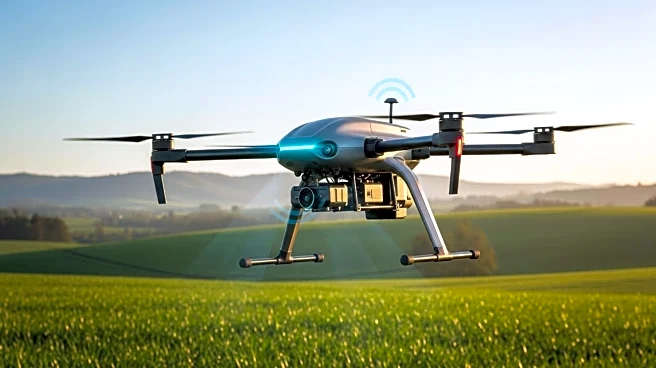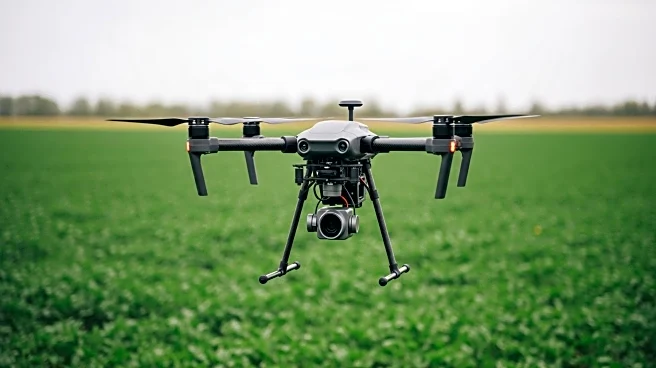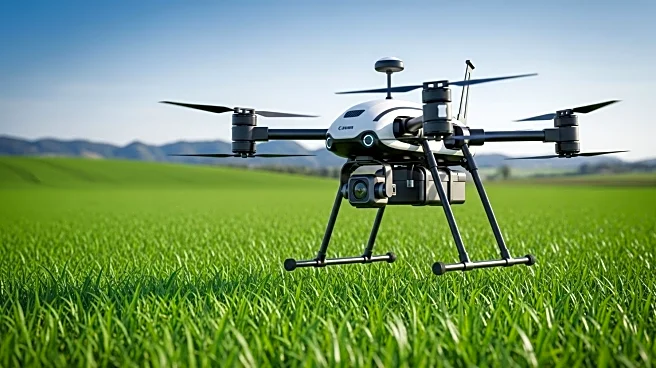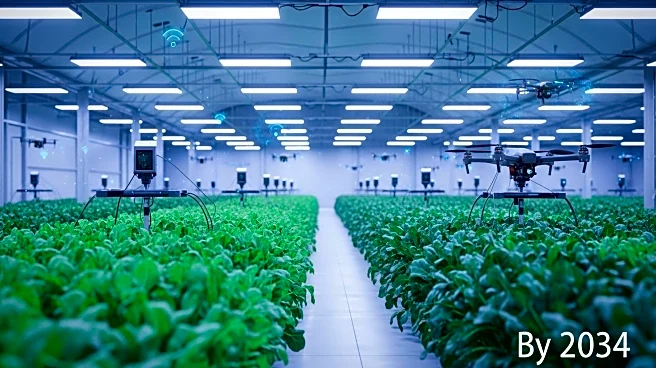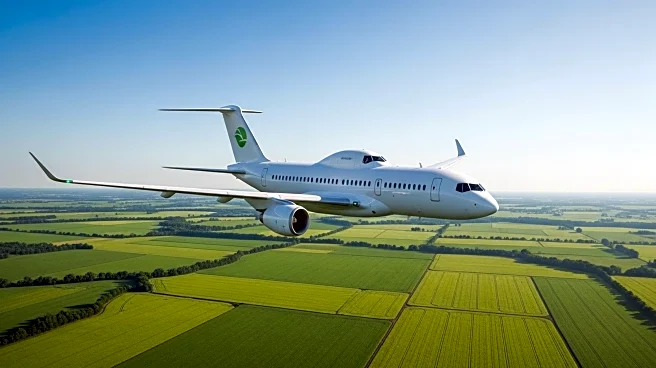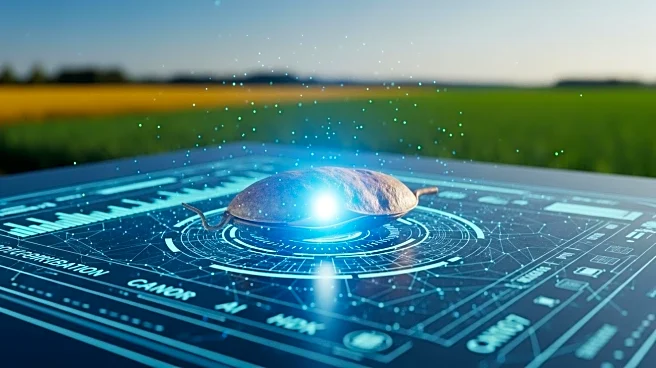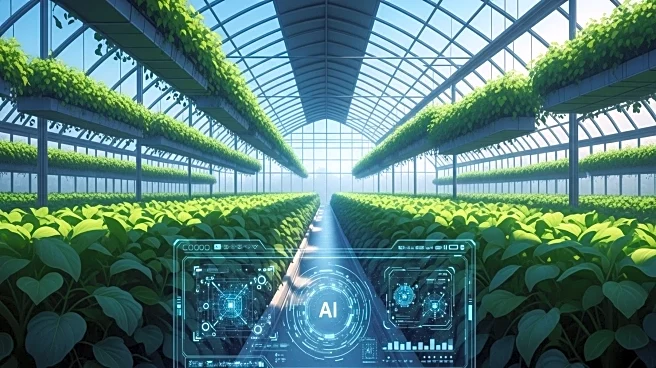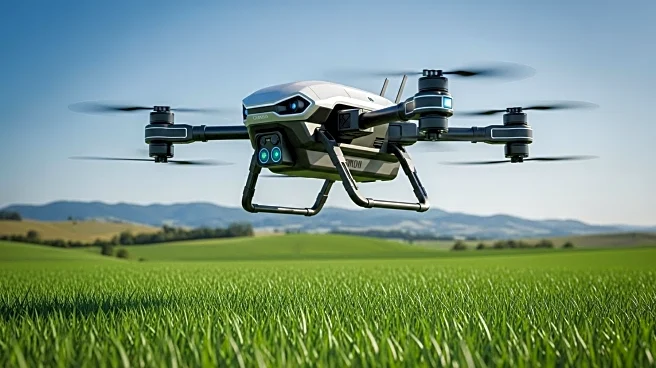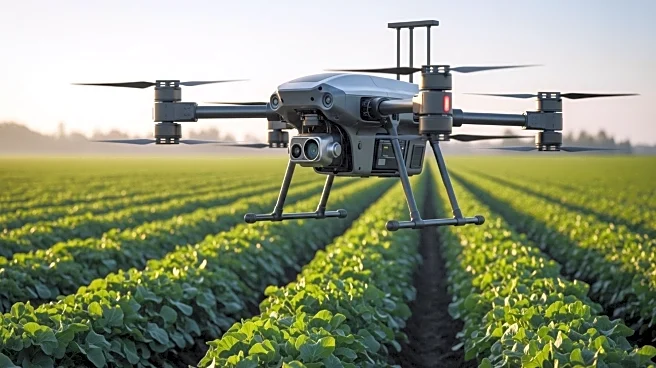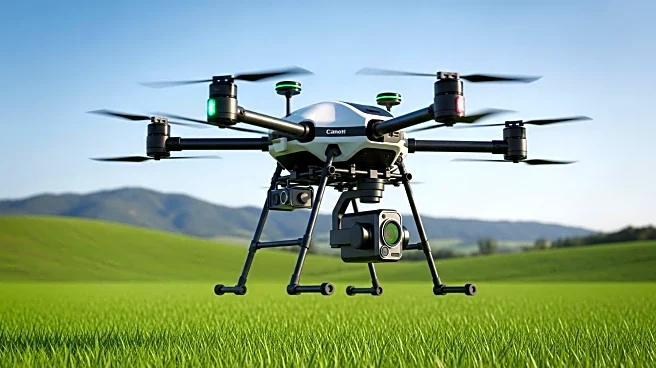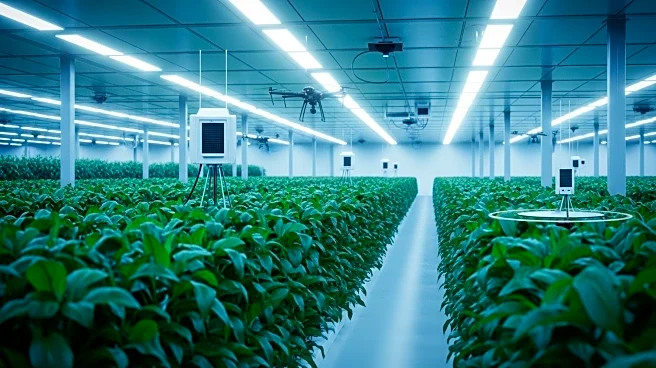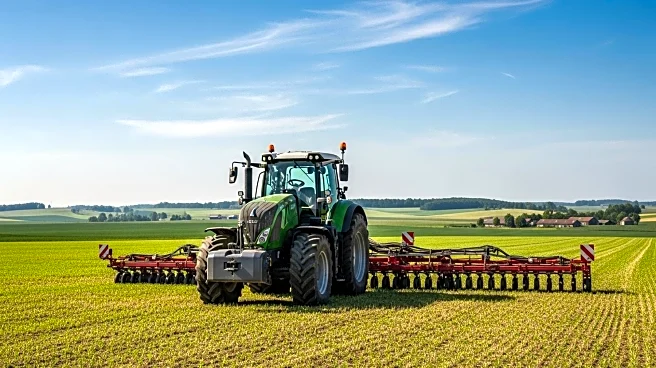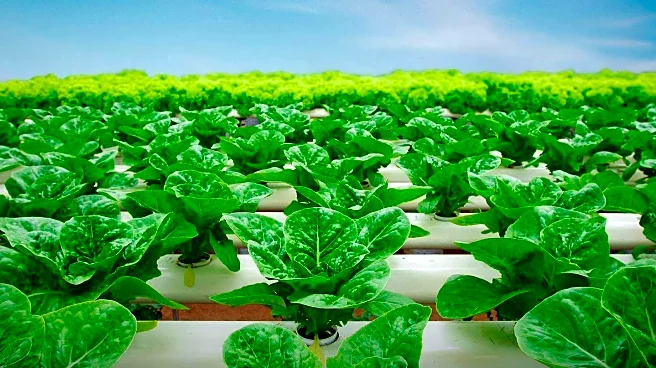What is the story about?
What's Happening?
In 2025, agriculture airplanes, also known as crop dusters, are transforming modern farming by delivering fertilizers, pesticides, herbicides, and seeds rapidly and precisely across large areas of farmland. These specialized aircraft are equipped with advanced technology that maximizes yields, enhances efficiency, and promotes sustainability. Capable of covering up to 1,000 acres per hour, these airplanes significantly accelerate crop application processes, offering a rapid response to pest or disease outbreaks. The technology ensures uniform application, reduces soil compaction, and minimizes the vulnerability window for crops, leading to healthier yields. The integration of GPS-guided navigation, variable rate technology, and satellite mapping further enhances the precision and effectiveness of these operations.
Why It's Important?
The use of agriculture airplanes in 2025 is crucial for meeting the increasing global food demand driven by population growth and changing dietary habits. By optimizing yields and minimizing environmental impact, these airplanes play a vital role in sustainable agriculture. They address challenges such as limited farmland expansion, labor shortages, and the need to reduce chemical runoff into sensitive ecosystems. The technology also supports environmental sustainability goals set by governments and global bodies. Economically, the airplanes reduce operational costs, mitigate financial risks, and maximize profitability for farmers and agribusinesses by ensuring timely and effective crop protection.
What's Next?
Looking ahead, the future of agriculture airplane technology is expected to be defined by greater autonomy, smarter systems, and reinforced environmental awareness. Trends include the development of fully unmanned aerial vehicles, integration with satellite and drone data, and the adoption of electric and hybrid propulsion systems. These advancements will further enhance the efficiency and sustainability of aerial applications, positioning agriculture airplanes as indispensable tools in modern farming. The continued evolution of this technology will help agribusinesses meet global food demand while minimizing environmental impact.
Beyond the Headlines
The adoption of agriculture airplanes also raises ethical and regulatory considerations, particularly regarding the use of autonomous systems and the management of chemical applications. Ensuring compliance with environmental standards and maintaining transparency in agrochemical use are critical for gaining public trust and supporting sustainable practices. The integration of blockchain traceability and real-time data analytics can enhance accountability and food safety, providing a comprehensive record of agricultural operations.
AI Generated Content
Do you find this article useful?
